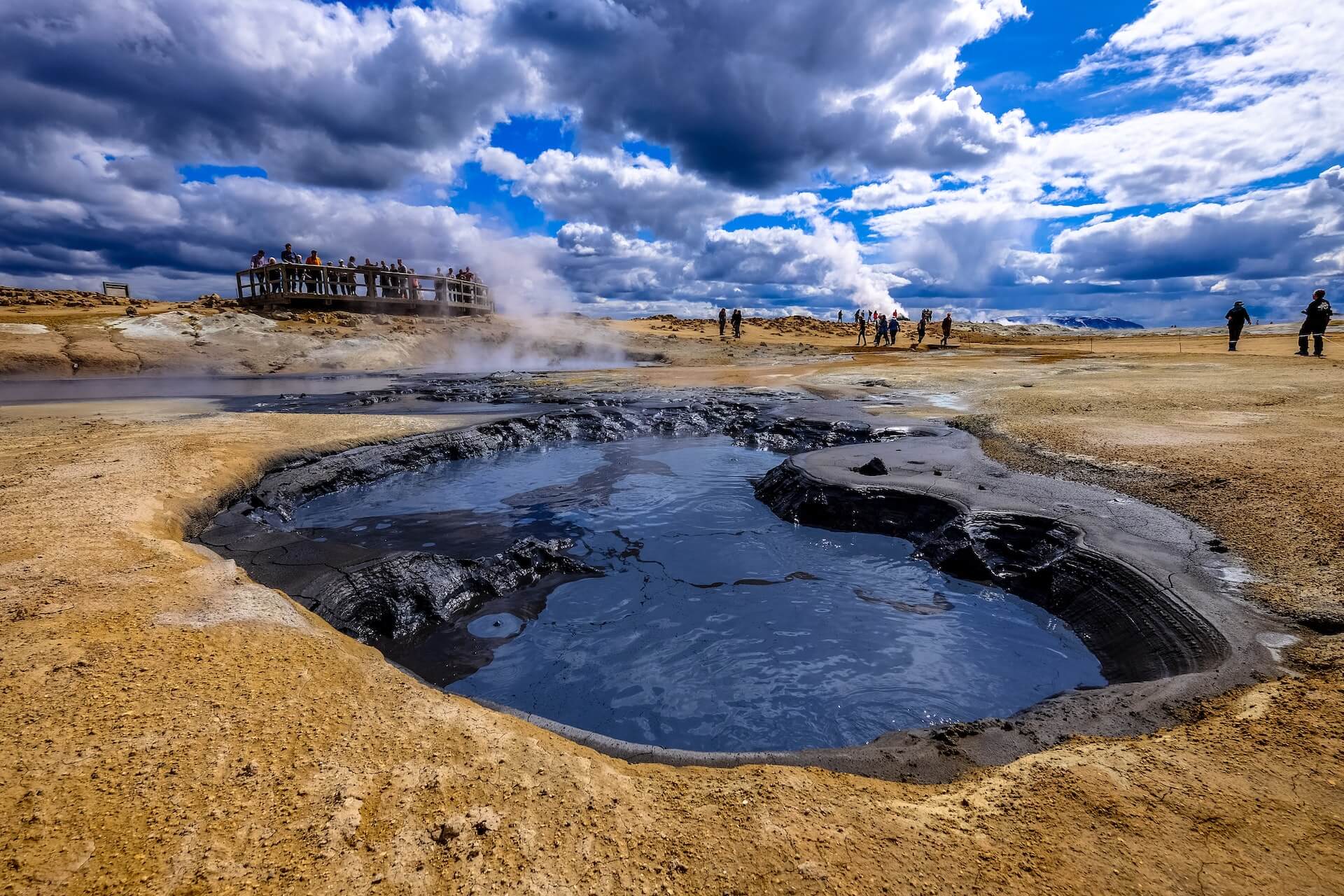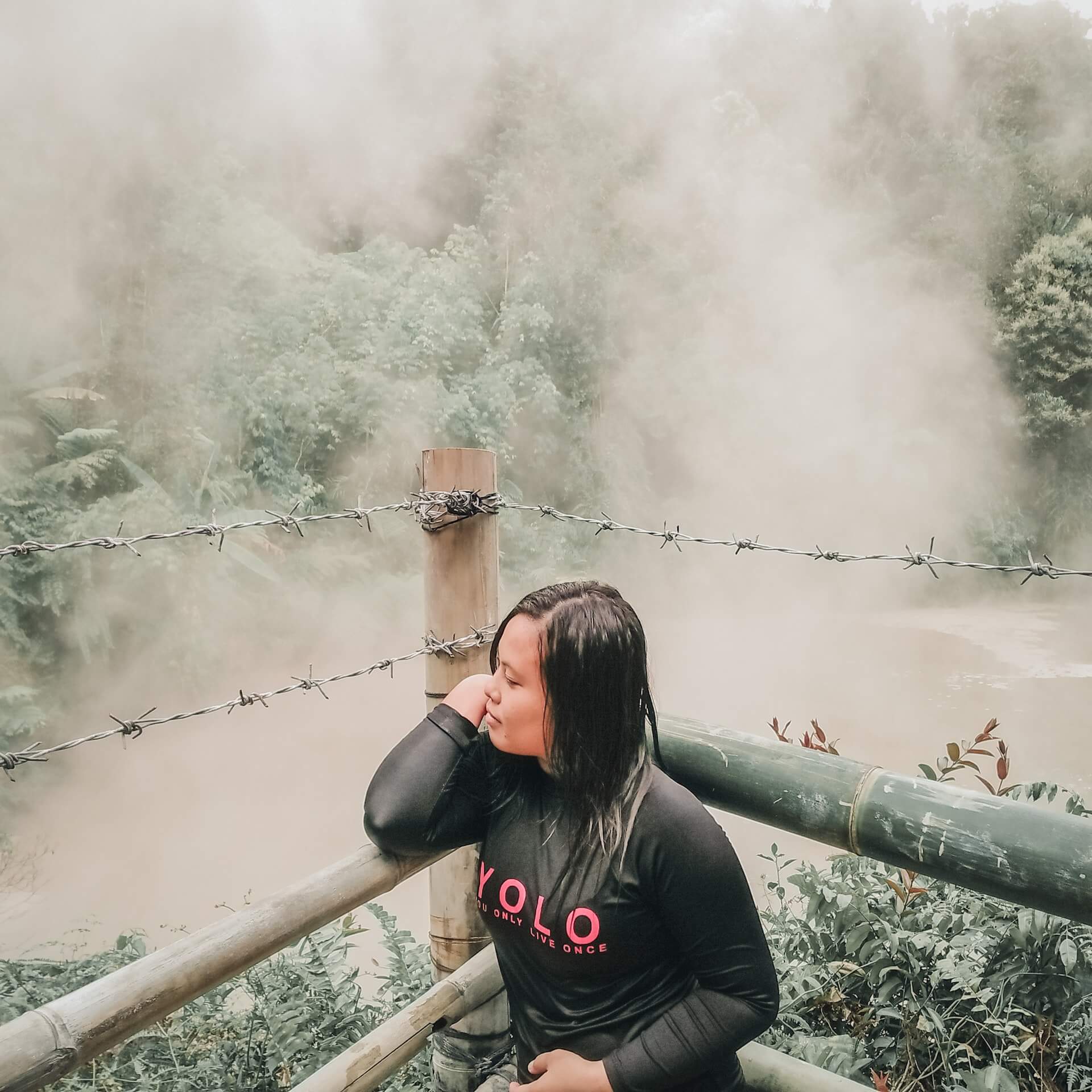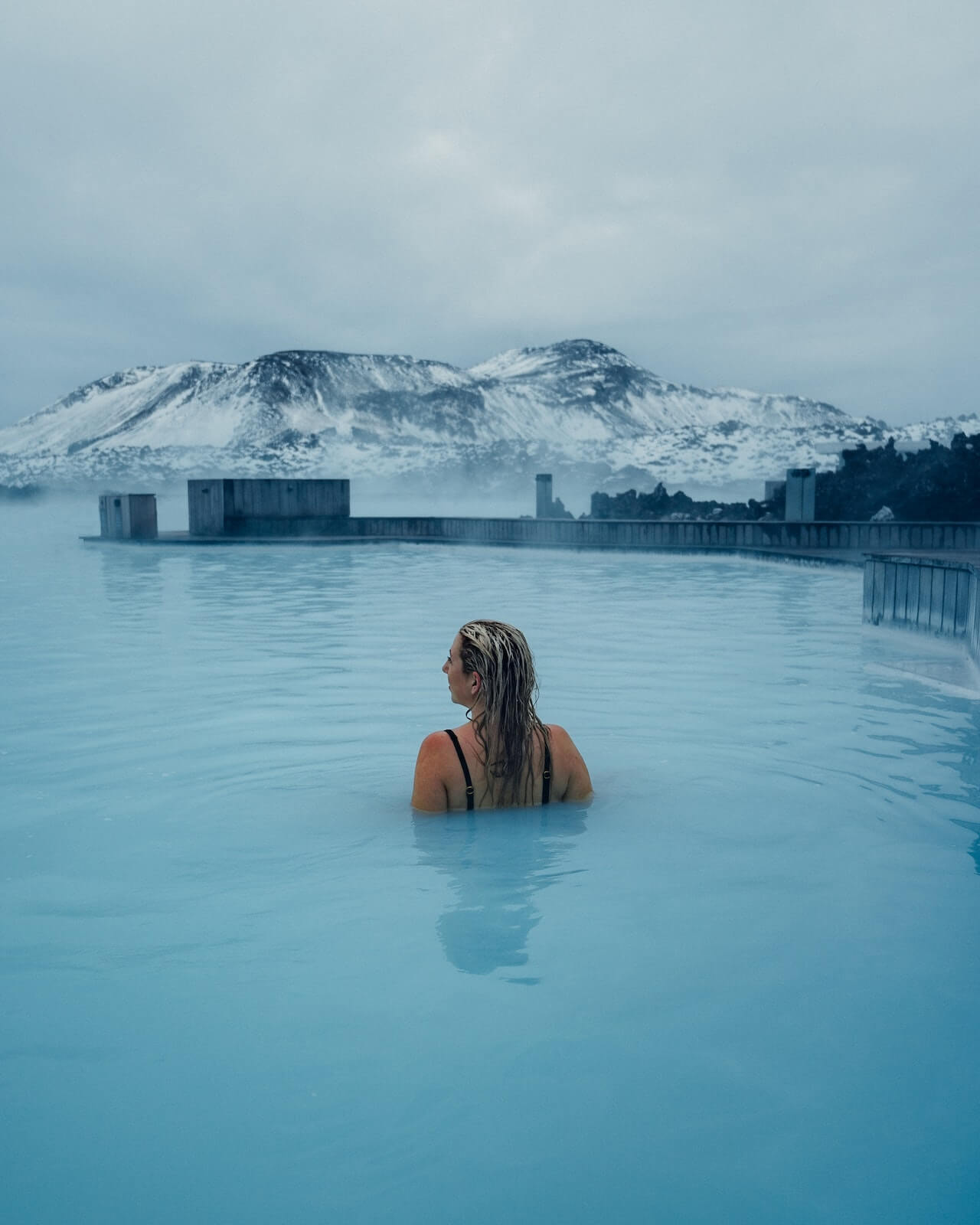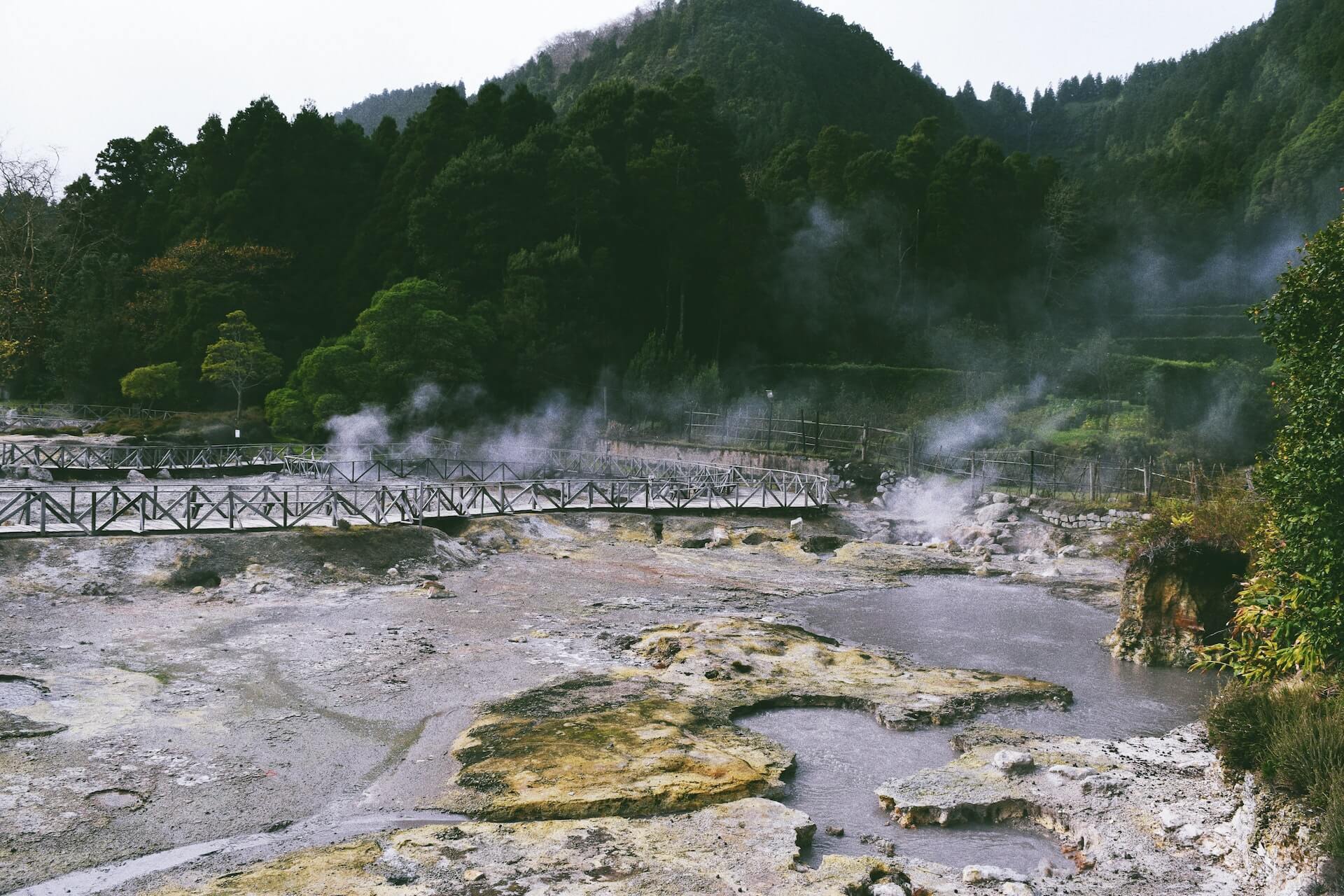Are you a hot springs enthusiast looking to unwind in the soothing waters of earth’s natural hot tubs, but are concerned about the cleanliness and potential health risks? You’re not alone.
In this article, we will dive deep into the factors that affect the cleanliness of hot springs, explore the potential health risks, and help you make an informed decision about your next hot springs adventure.
Are Hot Springs Sanitary?

Hot springs can be both sanitary and unsanitary, depending on various factors such as the location, temperature, and management of the spring.
To provide a little bit of context, hot springs can be broadly categorized into wild (untreated/natural) hot springs and commercial (developed) hot springs.
Wild hot springs contain microorganisms that can cause infections, skin rashes, and gastrointestinal illnesses. The risk of contracting waterborne diseases increases in slightly cooler hot springs, as they provide more hospitable conditions for pathogens to survive.
Commercial hot springs are generally safer, as they are maintained and treated to ensure cleanliness and safety for visitors. However, the high temperature of a hot spring can still pose a risk to you if you stay for too long.
To minimize the risk of health issues, consider choosing a well-maintained commercial facility or a natural pool with a continuous flow of water to ensure a clean and fresh swimming experience.
Developed vs. Wild Hot Springs Cleanliness

The main difference between developed and wild hot springs in terms of cleanliness lies in the level of maintenance and treatment applied to the water.
Developed Hot Springs
Developed hot springs, also known as commercial hot springs, are generally well-maintained and follow strict guidelines for water purification and treatment.
Some of the key practices include:
- Regular cleaning and maintenance: Commercial hot springs facilities are required to clean and maintain their pools regularly to prevent the buildup of harmful bacteria and contaminants.
- Water treatment and filtration: Many commercial hot springs use advanced filtration systems, such as ozone-based filtration, to purify the water and remove harmful pathogens. This helps maintain water quality and ensures a clean and safe environment for visitors.
- Chlorine addition: Some commercial hot springs add chlorine to the water to kill off harmful pathogens and maintain cleanliness. However, the use of chlorine may vary depending on the facility and its specific requirements.
- Water replacement: In some cases, commercial hot springs replace the natural mineral water in their pools to maintain cleanliness. The frequency of water replacement may vary depending on the facility and its specific practices.
- Compliance with regulations: Commercial hot springs in the United States are generally required by law to treat and purify their water, ensuring a safe and sanitary experience for visitors.
- Regular testing: Commercial hot springs are often required to test their water on a regular basis to ensure it meets safety and cleanliness standards.
Wild Hot Springs
Wild hot springs, also known as undeveloped or backcountry hot springs, are natural pools without man-made improvements.
They are often located in remote areas and do not undergo the same level of maintenance and treatment as developed hot springs.
As a result, wild hot springs may have a layer of algae, which is usually harmless, but can sometimes be toxic.
The cleanliness of wild hot springs depends on their natural environment and the flow of water, which can help to displace old water and prevent the buildup of harmful bacteria and pathogens.
Here are some aspects of wild hot springs cleanliness:
- Hygiene practices for visitors: It is essential for visitors to follow proper hygiene practices, such as not using soap in the hot springs, rinsing off before entering, and not leaving any trash behind. This helps maintain the cleanliness of the hot springs and ensures a safe and enjoyable experience for everyone.
- Water source and quality: Wild hot springs are typically fed by natural sources, such as rainwater or snowmelt, which percolate through the ground and become heated by geothermal activity. The water quality in wild hot springs can vary depending on the specific location and the minerals present in the water.
- Maintenance and treatment: Unlike developed hot springs, wild hot springs do not undergo regular maintenance and treatment to ensure cleanliness. However, the natural flow of water in some wild hot springs can help keep the water clean by continuously replacing old water with fresh water.
Note that the cleanliness of wild hot springs can vary depending on the specific location and environmental factors.
To minimize the risk of health issues, choose a hot spring with a continuous flow of water or a commercial hot spring.
Risks of Soaking in Hot Springs

There are several health risks associated with soaking in hot springs, including:
- Infections: Untreated hot springs contain microorganisms that can cause infections, skin rashes, and gastrointestinal illnesses.
- High acidity: Some hot springs are highly acidic, which can severely burn your eyes or skin.
- Dehydration: Soaking in hot springs can lead to dehydration, especially if you do not drink enough water before and during your soak.
- Heat-related illnesses: Prolonged soaking may lead to hyperthermia (high body temperature) and put you at significant risk for heatstroke.
- Cardiovascular issues: Soaking in hot water can cause a rise in heart rate, which might lead to a drastic drop in blood pressure, potentially shocking the body and causing complications for individuals with cardiovascular problems, diabetes, or high/low blood pressure.
- Red spider mites: Some hot springs may have red spider mites, which can cause itchy bites.
You can minimize these risks by:
- Not submerging your head.
- Avoiding swallowing the water.
- Avoiding hot springs entirely if you have deep cuts or open wounds.
- Limiting the duration of your soak to 10-15 minutes at a time.
- Taking breaks to let your body return to its normal temperature before soaking again.
- Staying hydrated by keeping a cool drink nearby.
- Consulting with your doctor before using hot springs if you are pregnant or have pre-existing health conditions.
Does Hot Spring Temperature Matter for Cleanliness?

Temperature plays a significant role in the cleanliness of hot springs. The heat in hot springs often supports the growth of thermophilic microorganisms, which are adapted to life in hot, mineral-laden water.
These microorganisms, including certain types of bacteria, archaea, and algae, can form large colonies called mats, which contribute to the colors and scums found in hot springs.
Higher temperatures in hot springs can also limit the survival of certain harmful pathogens. However, slightly cooler hot springs may provide more hospitable conditions for pathogens to survive, increasing the risk of waterborne diseases.
In general, water temperatures in the high 90s or low 100s Fahrenheit are considered ideal for soaking.
How to Find Sanitary Hot Springs
To find a well-maintained and sanitary hot spring to visit, you can follow these steps:
- Research online: Websites like Hot Springs of America provide information on various hot springs around the world, including their cleanliness and maintenance. You can also check travel blogs and forums for recommendations from other travelers.
- Look for commercial hot springs: Commercial hot springs are generally well-maintained and follow strict guidelines for water purification and treatment. They often use advanced filtration systems, add chlorine to kill harmful pathogens, and replace the water regularly to ensure cleanliness and safety for visitors.
- Read reviews: Check websites like TripAdvisor for reviews from other visitors about the cleanliness and maintenance of the hot springs you are considering. This can give you an idea of what to expect in terms of sanitation and overall experience.
- Check for certifications and regulations: Commercial hot springs in the United States are generally required by law to treat and purify their water, ensuring a safe and sanitary experience for visitors. Look for information on the hot spring’s website or contact them directly to inquire about their compliance with regulations.
- Consult guidebooks: Hot springs guidebooks can provide detailed information on various hot springs, including their cleanliness and maintenance. These books can be a valuable resource for finding well-maintained hot springs to visit.
By following these steps, you can find a sanitary and well-maintained hot spring for a safe and enjoyable experience.
Sources:
- https://hotspringsofamerica.com/sustainable-solutions-for-the-overuse-of-natural-hot-springs/
- https://www.nytimes.com/2022/03/30/travel/hot-springs.html
- https://durangohotspringsresortandspa.com/healing-benefits-of-soaking-in-hot-springs/
- https://www.ironmountainhotsprings.com/11-benefits-soaking-iron-mountain-hot-springs/
- https://www.healthline.com/health/hot-potting
- https://www.ironmountainhotsprings.com/bathing-etiquette/
- https://www.distinctlymontana.com/hot-springs-health
- https://www.ncbi.nlm.nih.gov/pmc/articles/PMC92289/
- https://ami-journals.onlinelibrary.wiley.com/doi/full/10.1111/1758-2229.12863
- https://www.ncbi.nlm.nih.gov/pmc/articles/PMC92289/
- https://www.jpeds.com/article/S0022-3476(22)00411-5/fulltext
- https://pubmed.ncbi.nlm.nih.gov/7720368/
